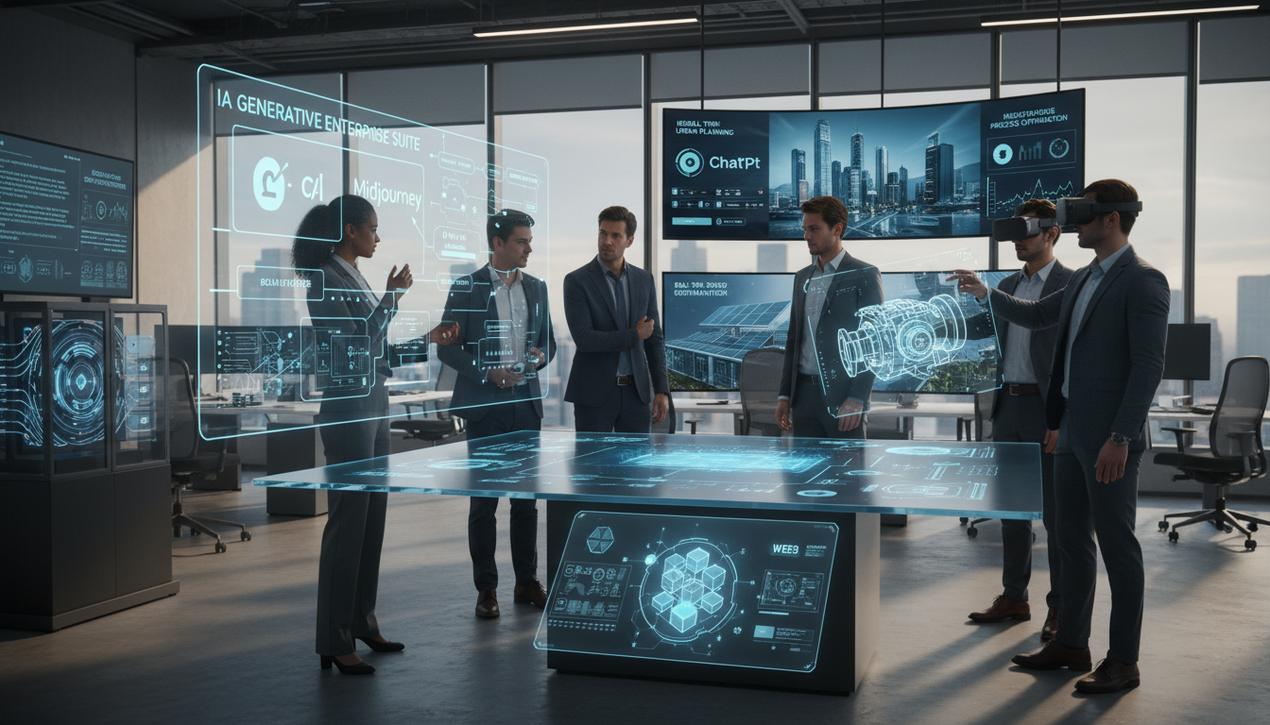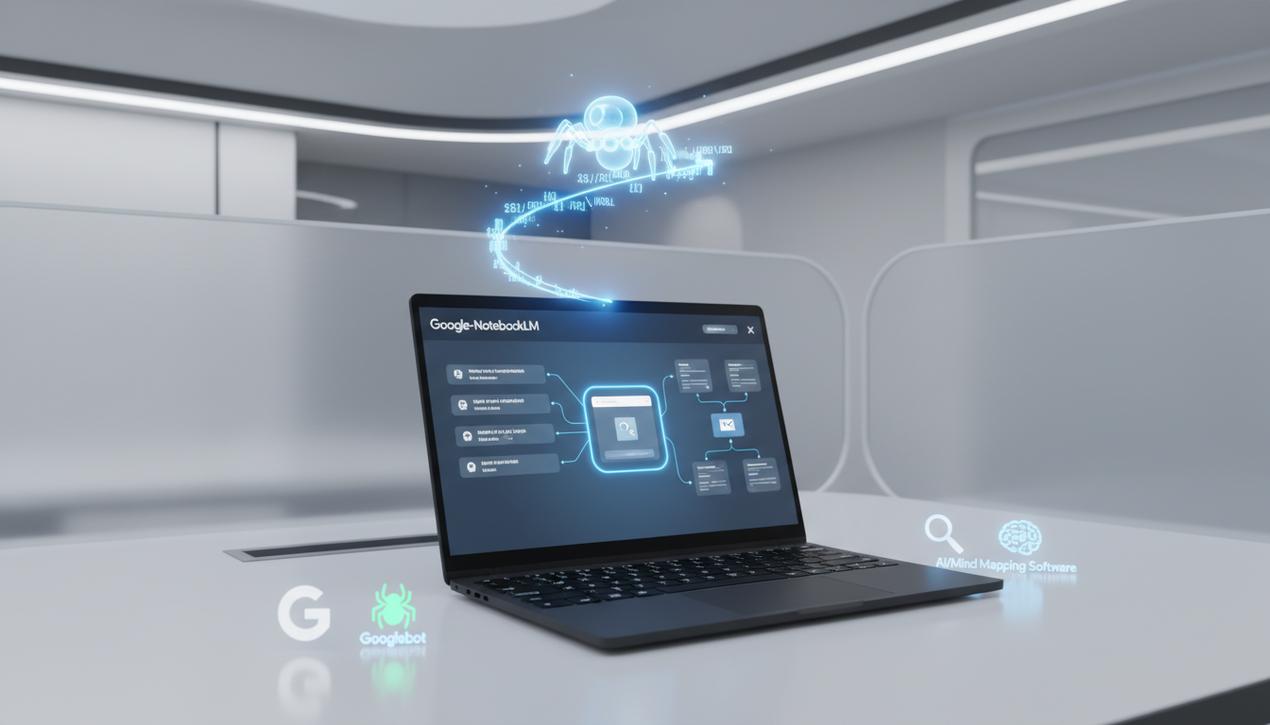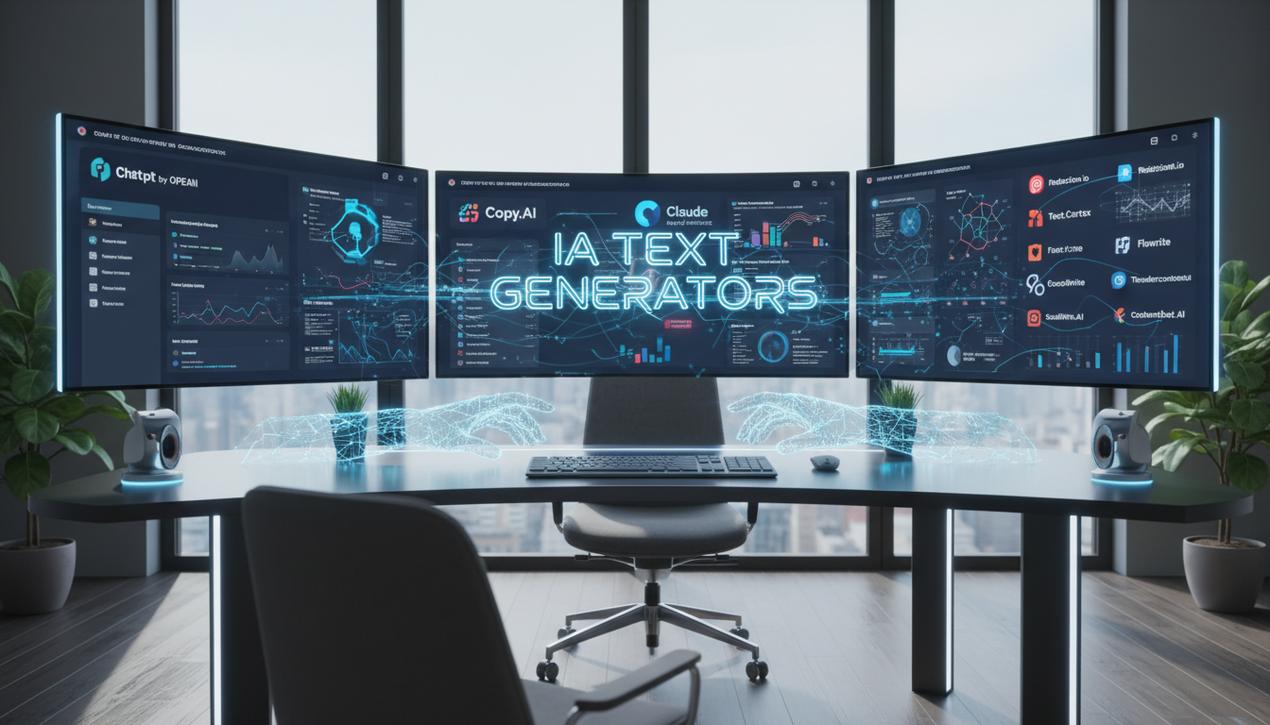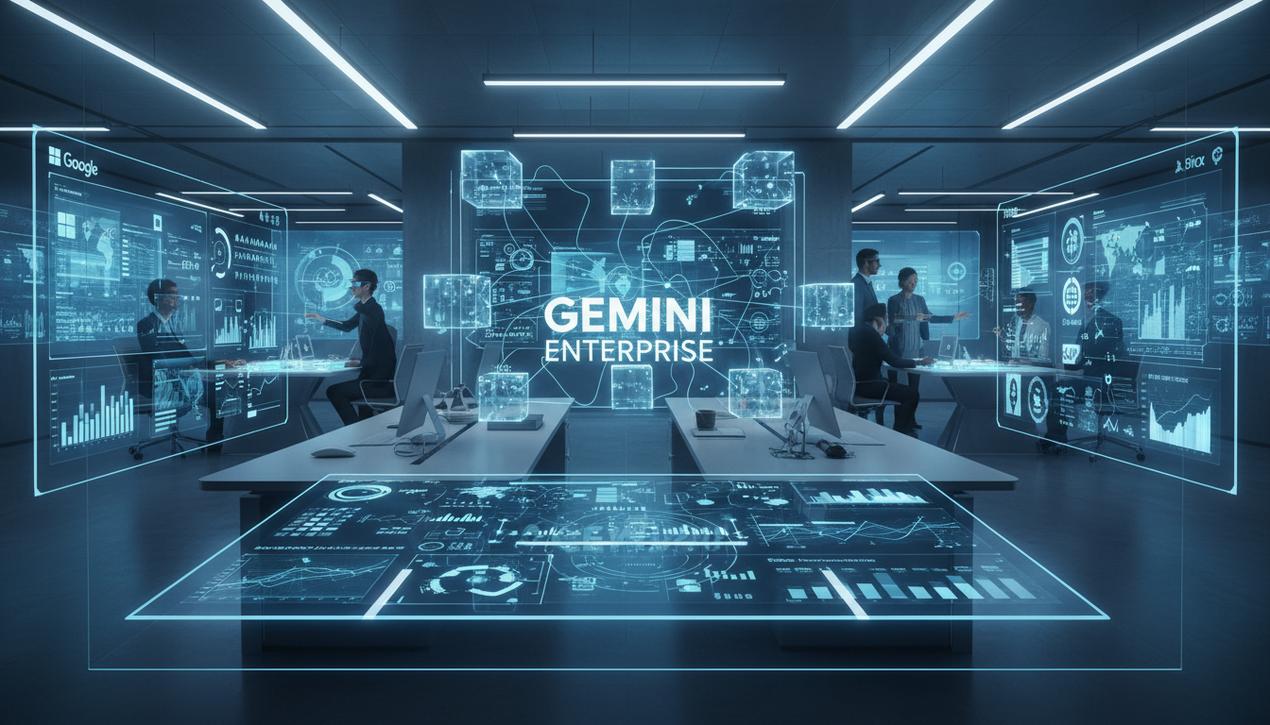8 Tech Evolutions That Are Shaping 2025


As we enter 2025, the global technology landscape is accelerating at an unprecedented rate. No longer just futuristic concepts, the latest waves of innovation are actively reshaping business models, industrial processes, and our daily lives. With the global information technology market projected to exceed $12 trillion, companies are now compelled to integrate these changes to remain competitive. Concerns around the ethics of artificial intelligence, cybersecurity, and environmental impact have shifted from secondary issues to core strategic pillars. From generative AI becoming a standard productivity tool to quantum computing promising to revolutionize research, we are witnessing a powerful convergence of technologies. This article explores eight major technological evolutions that are no longer on the horizon but are at the very heart of the transformations taking place in 2025.
1. Generative and Agentic AI: The Era of Active Intelligence
Artificial intelligence is no longer just a trend; it has become a fundamental economic and productive force. In 2025, we are moving beyond experimentation and into the phase of industrialization, primarily through two key concepts.
Democratized Generative AI
Tools like ChatGPT and Midjourney paved the way, but 2025 is seeing the deep integration of generative AI into enterprise software (ERPs, CRMs, office suites). It’s no longer just a content creator but an assistant capable of generating code, analyzing complex documents, drafting financial reports, or creating personalized marketing campaigns at scale. Nearly 70% of organizations now view the AI ecosystem as a strategic priority for enhancing productivity.
The Rise of Agentic AI
The next step is “agentic” AI. These are proactive AI systems capable of breaking down a complex goal into tasks, planning their execution, and autonomously using tools to achieve that goal. For example, an AI agent could organize a complete business trip—from booking flights and hotels within budget to scheduling meetings—without constant human intervention. This evolution promises to automate not just tasks, but entire processes.
2. Quantum Computing and Post-Quantum Cryptography
While still a cutting-edge technology, 2025 marks a turning point where the impact of quantum computing has become a concrete concern, especially regarding security. With their phenomenal computing power, quantum computers will soon be able to break current encryption algorithms (like RSA and ECC) that protect our banking data, communications, and critical infrastructure.
This imminent threat has given rise to Post-Quantum Cryptography (PQC). These are new cryptographic algorithms designed to withstand attacks from both quantum and classical computers. In 2025, migrating to PQC standards is no longer an option but a necessity for the finance, defense, and government sectors. Companies must start auditing their systems and planning this transition to avoid becoming vulnerable.
3. Intelligent Automation or Hyperautomation
Robotic Process Automation (RPA), which uses software bots for repetitive tasks, is evolving into a broader concept: hyperautomation. This strategic approach aims to automate as many business and IT processes as possible by combining multiple technologies.
Hyperautomation integrates:
- Artificial Intelligence (AI) and Machine Learning (ML) to handle complex tasks and make decisions.
- RPA to execute structured tasks.
- Process Mining tools to analyze and optimize workflows.
- Low-Code/No-Code platforms to empower non-technical employees to create their own automation solutions.
The goal is no longer just to reduce costs, but to improve the company’s resilience, agility, and decision-making capabilities.
4. Digital Twins: Simulation in Service of Reality
A digital twin is a dynamic virtual replica of a physical object, process, or system. Using IoT sensors, AI, and real-time data, this virtual model behaves exactly like its real-world counterpart. This technology is moving out of the lab and finding practical applications across numerous sectors.
In 2025, use cases are multiplying:
- Industry: Simulating a production line’s operation to optimize predictive maintenance and reduce downtime.
- Urban Planning: Creating a digital twin of a city to model traffic flows, energy consumption, or the impact of new development projects.
- Healthcare: Modeling human organs to simulate surgical procedures or test the effectiveness of treatments in a personalized way.
5. Adaptive Cybersecurity and AI TRiSM
Faced with increasingly sophisticated cyberattacks, often conducted by AI, traditional perimeter-based cybersecurity is becoming obsolete. The trend is shifting toward an adaptive approach: a security system that can dynamically change and adjust based on threats detected in real time.
In parallel, AI Trust, Risk, and Security Management (AI TRiSM) is becoming an essential discipline. It aims to ensure that AI models are reliable, fair, robust, and confidential. This includes techniques for explaining AI decisions (Explainable AI), detecting biases, and protecting models against manipulation.
6. Spatial Computing and the Fusion of Real and Digital
Popularized by devices like the Apple Vision Pro, Spatial Computing represents the next major evolution in human-computer interfaces. It involves merging digital information with our physical environment in three dimensions, creating an immersive and interactive experience.
Beyond entertainment, the professional applications are immense:
- Training: Technicians can learn to repair complex machinery by following holographic instructions superimposed on the actual equipment.
- Design: Architects and engineers can visualize and modify 3D models at a 1:1 scale in a physical space.
- Retail: Customers can visualize furniture in their living room before buying it through augmented reality.
7. Blockchain and the Decentralized Web3
After years of speculation around cryptocurrencies, blockchain technology is reaching a stage of maturity, focusing on applications that are shaping Web3—a decentralized internet. In 2025, blockchain is becoming a tool for trust and transparency.
Key application areas include:
- Supply Chain Traceability: Tracking a product from manufacturing to delivery to guarantee its authenticity and compliance with ethical standards.
- Decentralized Digital Identity: Allowing users to control their own personal data without relying on centralized platforms.
- NFTs and Digital Ownership: Certifying ownership of unique digital assets, from works of art to virtual property titles in metaverses.
8. Sustainable Technology (Green Tech)
Regulatory pressure and consumer demand are making sustainability an imperative. Technology is no longer just a source of energy consumption but also a solution for reducing our environmental impact. Green Tech is booming.
This trend is demonstrated by:
- Green Data Centers: Designing energy-efficient data centers that use renewable energy and innovative cooling systems.
- AI for Energy Optimization: Using algorithms to optimize the consumption of power grids, reduce waste in industry, and improve agricultural yields.
- The Circular Economy: Developing platforms and technologies that facilitate the recycling, repair, and reuse of electronic products.
The technological evolutions of 2025 are not independent; they feed into one another. AI needs the power of the cloud, IoT fuels digital twins, and blockchain secures transactions in Web3. For businesses and professionals, the challenge is not to adopt everything, but to understand these dynamics to invest strategically, train teams, and build a resilient and innovative future.




